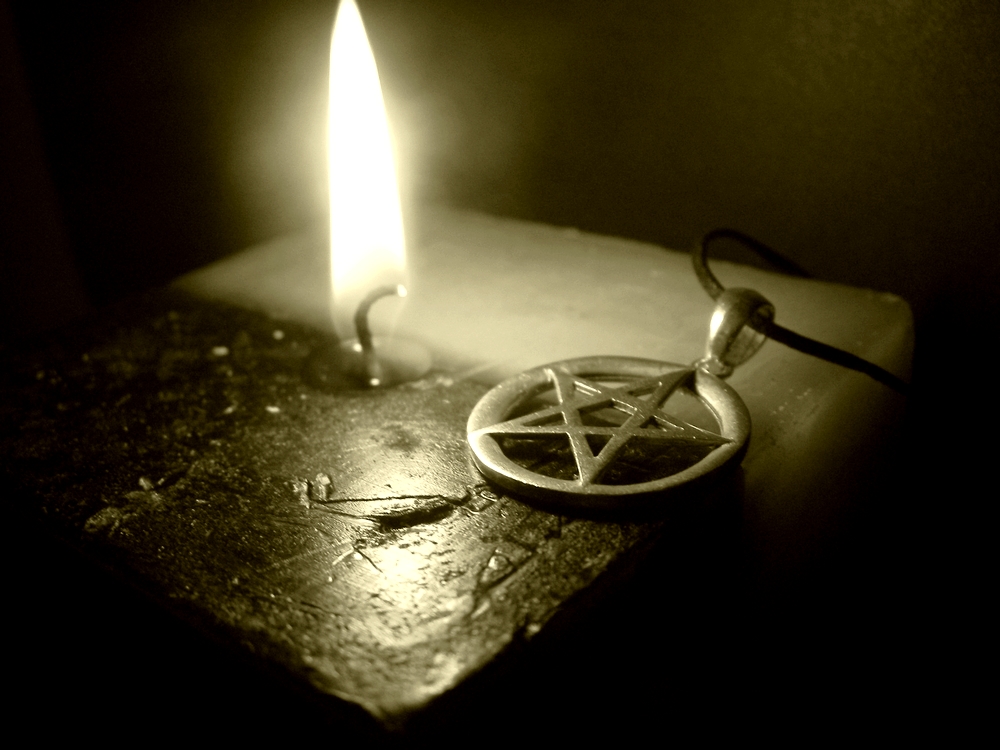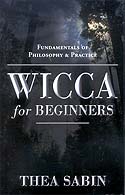Do you want to practice Wicca?
Wicca is a religious practice, following the “turning of the wheel” throughout the year. Not all Wiccans practice spell casting. While you once joined a coven to be considered a Wiccan, you will find many people calling themselves Wiccan solo practitioners. (Not a bad idea if the local coven is not to your liking!)
Wicca also has many paths and some of the most popular paths today are listed below. Other Wiccan paths not included below are:
- Celtic Wicca
- Druidic Wicca
- Norse Wicca
If you are not sure which Wiccan path you would like to follow, Lisa Chamberlain has written an affordable guide “Wicca: Finding Your Path” so you can decide on the most suitable Wiccan path for you!
Gardnerian – Gardnerian witchcraft, is a tradition in the neopagan religion of Wicca, whose members can trace initiatory descent from Gerald Gardner. The tradition is itself named after Gardner (1884–1964). You can only become a Gardnerian Witch by initiation – you cannot initiate yourself. To progress through the various degrees in the movement, you must go through a structured system where you gradually learn more and more about witchcraft.
- Meaning Of Witchcraft By Gerald Gardner
- The Gardnerian Book of Shadows (Forgotten Books
Alexandrian – In the 1960s, Alex Sanders and his wife Maxine branched from Gardnerian Wicca into ‘Alexandrian Wicca.’ It is based on the Gardnerian Wicca practices, but incorporates elements of ceremonial magic and Qabalah, too. There are three levels of witchcraft, following an initiation, that an Alexandrian Witch can attain.
- Witches’ Bible, The Complete Witches’ Handbook by Farrar & Farrar
- Witches’ God By Farrar & Farrar
- Witches’ Goddess By Farrar & Farrar
- Witches’ Way By Farrrar & Farrar
Dianic Wicca – Founded in the USA, late 1960s, this is a feminist tradition, that focuses solely on the supremacy of the Goddess, rather than emphasizing the gender polarity of the Gardnerian concept of deity. Dianic Wiccans will meet on Esbats, Sabbats, and other significant times such as when a member or someone in the community is in need, but the work within these circles is very fluid and follows a woman-centered approach in all things.
Seax-Wicca – also founded in the U.S. in the 1970s, by a British-born witch named Raymond Buckland, a High Priest in the Gardnerian Tradition and started the first Gardnerian coven after moving to New York in the early 1960s. However, he found that the hierarchical structure of Gardnerianism resulted in ego-battles among American initiates, so he founded Seax-Wica as a way of continuing what was useful about Gardnerianism but in a fashion that was more suited to American culture.
Seax-Wica is inspired by Anglo-Saxon Witchcraft as it was practiced in Anglo-Saxon England between the 5th and 11th centuries. Its main deities are Woden and Freya, who represent the God and Goddess as found in the original Gardnerian Tradition. There is an emphasis on studying herbal lore and several forms of divination, including Tarot and runes.
There are many differences between Seax-Wica and the more orthodox forms of Wicca. The biggest may be the lack of secrecy. There is no oath of secrecy for coven members, so it’s not such a challenge to find out what goes on in covens, how they approach their rituals, etc. In fact, rituals and Sabbat celebrations can be open, if the coven so chooses. There is also no Book of Shadows in this tradition, and adding new material to rituals, magic, etc. is welcomed if practitioners see fit.
There are no degrees of advancement within covens as there are in other traditions, and coven leaders are democratically elected, serving a term of one lunar year (13 full moons). There is also no emphasis on lineage—in other words, being initiated by another Seax-Wica witch is not necessary. Self-dedication is recognized as a perfectly acceptable entry point to this form of the Craft. (2)
- Complete Book Of Witchcraft By Raymond Buckland
- Dvd: Witchcraft Rebirth Of The Old Religion By Ray Buckland
- Buckland’s Book Of Saxon Witchcraft By Raymond Buckland
Solitary Wicca – a Solitary Witch does not belong to a set practice, group or organization. Many newcomers to the religion may start out as solitaries, learning and exploring until they feel drawn to explore practicing with others. Similarly, some coven members may ultimately decide to move to a solitary practice, whether due to the dissolution of the coven they belonged to or other circumstances. (2)
Eclectic Wicca
I like to call this path “Chaos Wicca” where you are picking the best parts of the above traditions, and omitting what one does not desire! “Some might create highly unique ritual structures completely from their own inspiration and imagination, while others might simply blend two or more traditions with little to no original material added in.” (2)
“The reasons for creating an eclectic practice are many, but it often has to do with being a solitary Wiccan with no immediate community to reach out to and learn from. Indeed, most Eclectics are solitary practitioners, though there are certainly covens and plenty of Wiccan circles that fit into this category.” (2)

Solitary Practice 
Great general book 
Perfect for beginners







